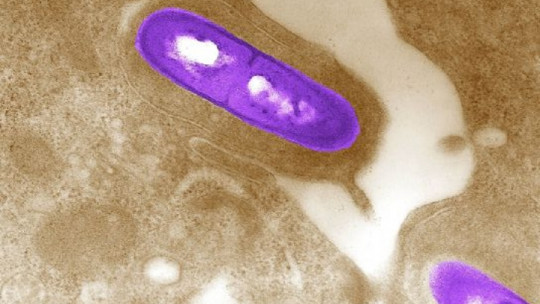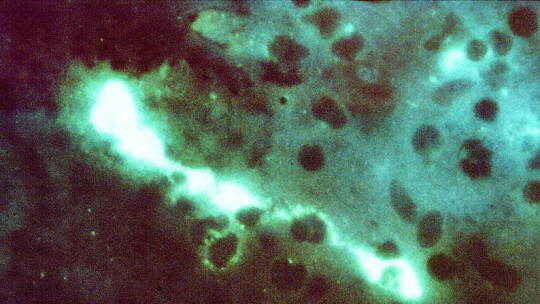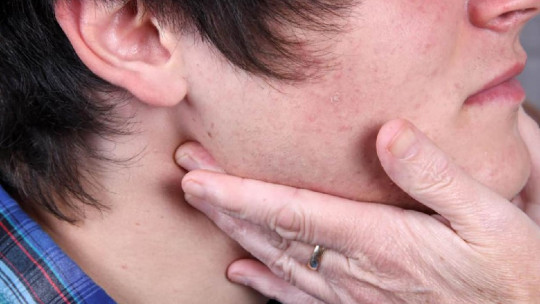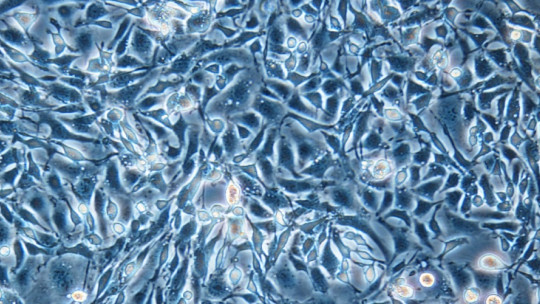
There are a large number of diseases in the world, many of which have accompanied us throughout history. Something as seemingly simple and easy to treat today as a flu or an infection was once a death sentence for anyone who suffered from it.
Thanks to multiple scientific and technical advances, it has been possible to better understand and treat different conditions. But not only the explanation of the problems, their causes and treatments have evolved: largely due to the improvement in the understanding of the disorders and the different research and conceptions of the pathology existing in different parts of the world, they have also emerged and disappeared. different ways of referring to them.
We have an example in what was called flank disease at the time which today could encompass and/or correspond to different diseases.
The disease of the side: what was it referring to?
Side disease, flank pain or lateralis pain is an ancient way of calling a disorder observed since ancient times characterized by the presence of a high level of pain in the abdominal area It is common for this to worsen with movement or effort and to be accompanied by fever, gastrointestinal alterations, defecatory problems, respiratory rhythm alterations and arrhythmias.
This disease has generated a large number of deaths throughout history, until the discovery of its causes and the invention of effective treatments to solve it. Nowadays it is usually identified with a specific pathology, although Different effects could be brought together within the name (given that there are a large number of possible causes that generate abdominal pain and the general symptoms to which the concept refers). Although the name flank disease is often unusual today, people can still be found using this term.
What conditions can it correspond to? Possible causes
The truth is that the term flank disease, today, may seem somewhat generic since it does not offer real information about its causes, but simply a more or less extensive area of the body where the problem is found. In this sense, the disease of the flank can correspond to or include within itself different conditions, among which the following stand out.
1. Appendicitis
This is probably the medical diagnosis with which the disease or pain in the side would most closely correspond. This disease, today quite well known and whose existence requires the removal of the appendix without generally major complications, It was the cause of a large number of deaths during antiquity and the Middle Ages
This disease implies the existence of a dilation and inflammation of the appendix caused by an obstruction (which may or may not be the product of an infection, being the most common) that prevents proper drainage of intestinal mucus and that in the long run can cause compression. and the breakage of it. The clearest and most obvious symptom is pain located in the side (specifically in the so-called McBurney point, in the lower right part of the abdomen), which can cause symptoms such as vomiting and nausea, fever and hyperthermia, and tremors.
If not treated, Necrosis and infection of this and surrounding tissue may appear (including peritoneum) or it is even possible that the appendix ruptures, generating major bleeding. These are probably the causes that caused the majority of deaths associated with flank disease.
2. Acute cholecystitis
Inflammation of the gallbladder, generated mainly by the presence of stones in said organ. Inflammation can lead to necrosis, suppuration and gangrene. It also generates pain in the side, in addition to potentially triggering other problems and complications. It can be complicated by peritonitis or pancreatitis, and also has fatal potential
3. Peritonitis
Inflammation of the peritoneum, usually due to a bacterial infection (septic) or the accumulation of fluids and body fluids such as pus (aseptic peritonitis). The symptoms resemble those of flank disease: abdominal pain, fever, breathing problems, bloating, vomiting, and diarrhea or constipation If left untreated, it can cause death.
4. Kidney stones
This disease generated by the presence of kidney stones is another one that could be considered a flank disease. The excessive accumulation of these elements generates pain, and in the long run it can even generate those known as renal colic However, it is less likely that the flank disease refers to it due to its greater similarity to the previous ones.
What would medical treatment be like today?
Unlike in the Middle Ages, when flank disease resulted in the death of a large number of people, Nowadays, there are more means to overcome the diseases grouped in this obsolete category Of course, it is not that the problem is harmless: it is a problem that continues to have fatal potential if left untreated.
Regarding the procedure to be used, the first step is obviously to diagnose the problem itself in a much more specific way. In this sense, it is possible to perform an examination through touch to note the presence of inflammation, but also Techniques such as MRI and contrast-enhanced X-rays may be used The use of blood and stool tests can reflect highly relevant information. Likewise, the use of techniques such as colonoscopy can also allow a more complete view of the state of the digestive tract.
Once the failing organ and the problem presented have been detected, the treatment will vary depending on its causes. Surgery can be used to remove damaged or affected parts, as occurs in the case of appendicitis. If there is an infection, the administration of antibiotics will also be necessary.








